Photos: Looking for Extinct Humans in Ancient Cave Mud
Taking specimens
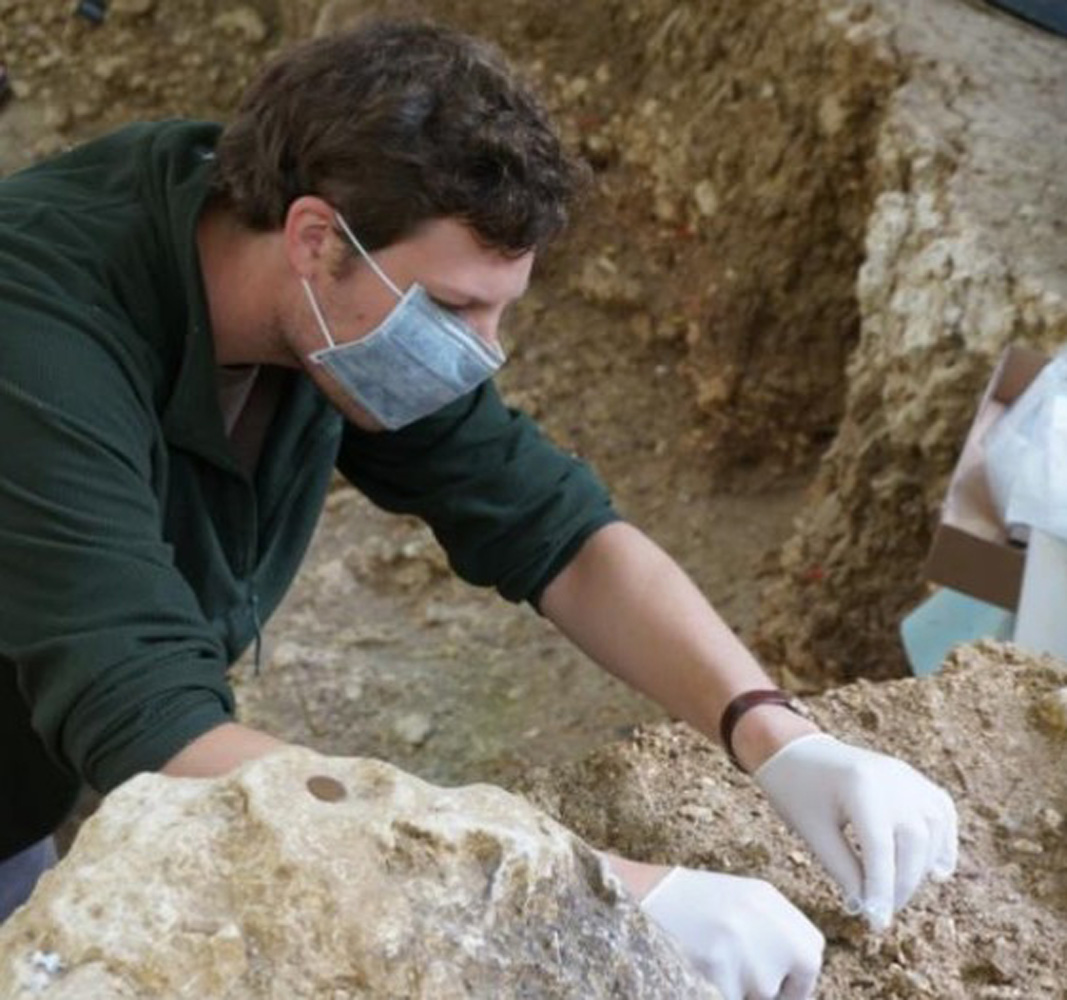
Paul Kozowyk, a PhD student working under the supervision of Marie Soressi, collecting sediment for genetic analyses at the archaeological site of Les Cottés, France.
Deep history
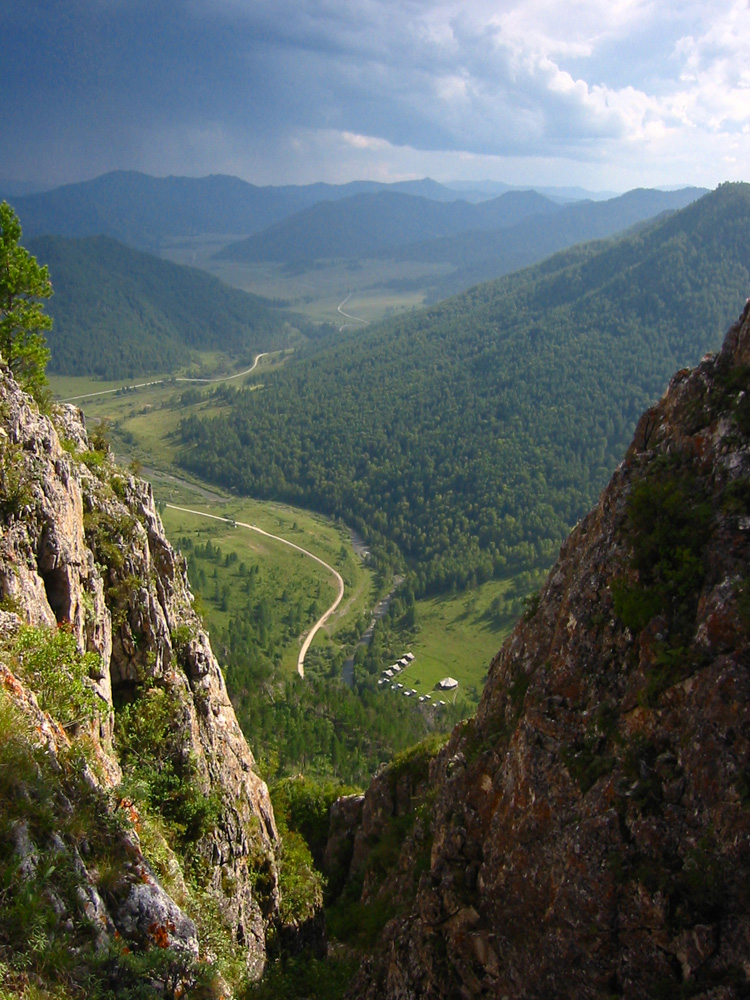
View of the valley from above the Denisova Cave archaeological site, Russia. [Read the full story on the search for human DNA]
More rocks
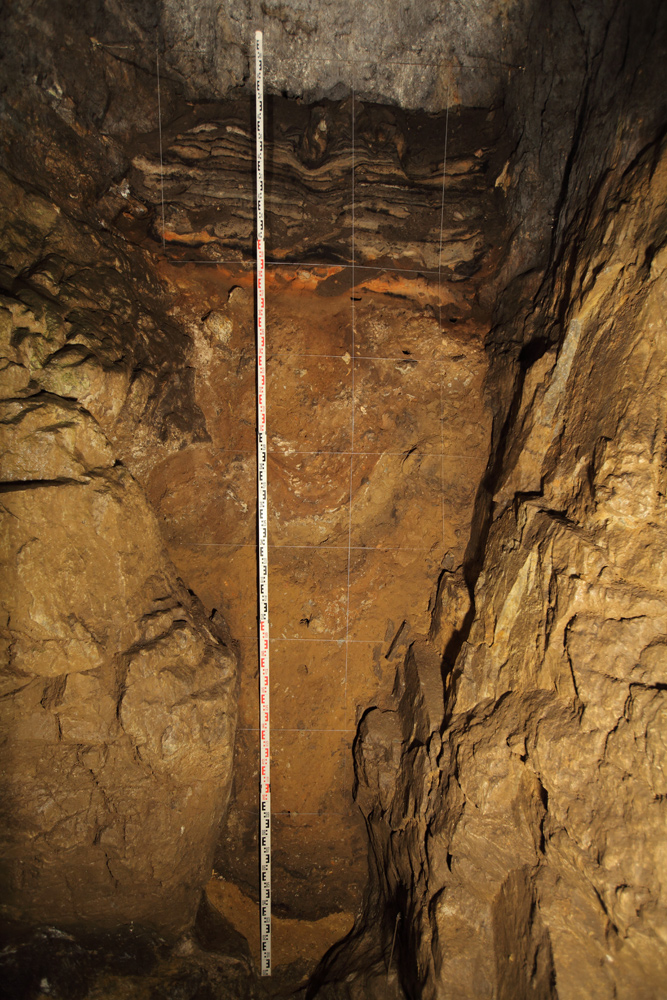
Stratigraphic profile of the East Chamber in Denisova Cave, Russia, from which sediment samples were collected for genetic analyses.
Planning sampling
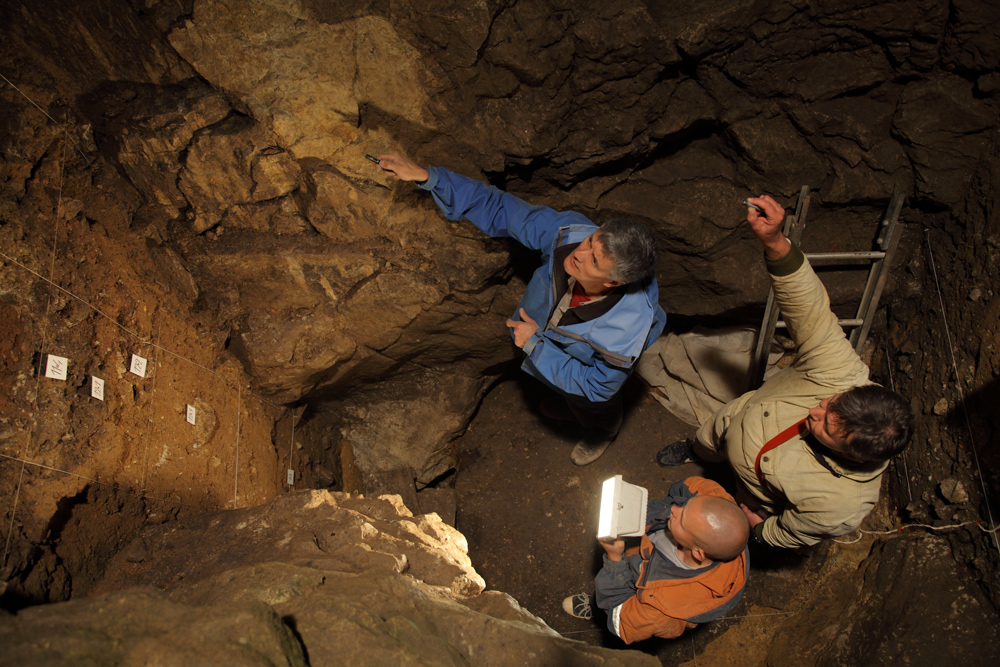
Scientists found DNA related to the extinct human lineage called Denisovans in Denisova Cave in Siberia. Here, Richard (Bert) Roberts, Vladimir Ulianov and Maxim Kozlikin (clockwise from top) plan the sampling of sediments in the cave's east chamber.
Neandertal DNA
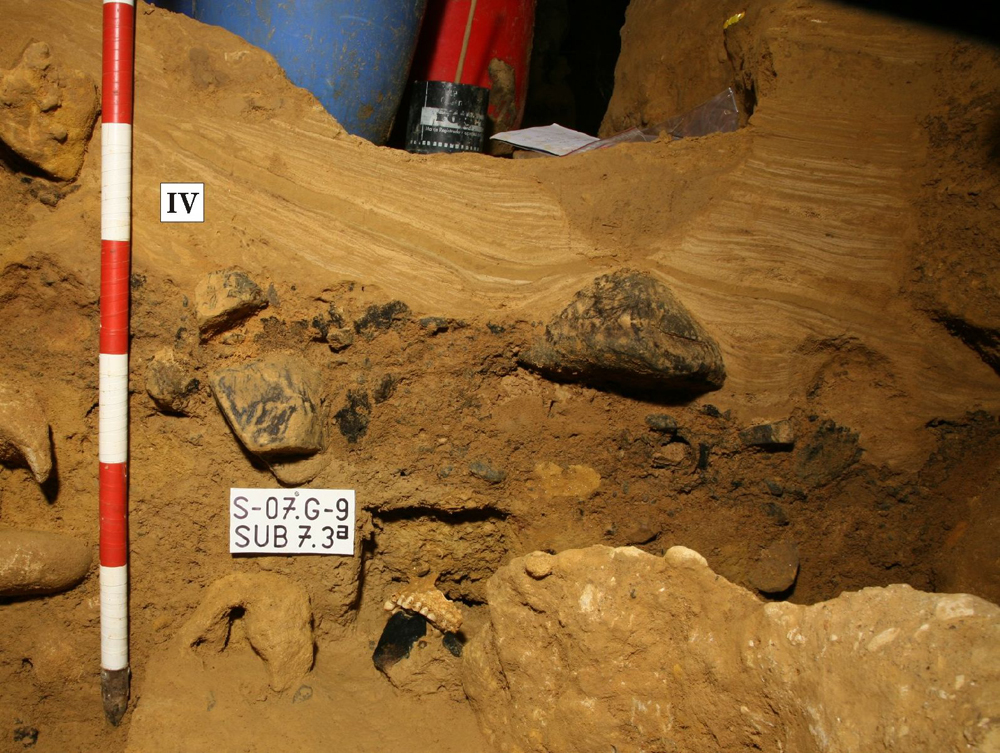
The Galería del Osario ("tunnel of bones") at the archaeological site of El Sidrón, Spain. Neandertal DNA was retrieved from sediment collected from a layer rich in Neandertal skeletal remains in this cave.
Spanish samples
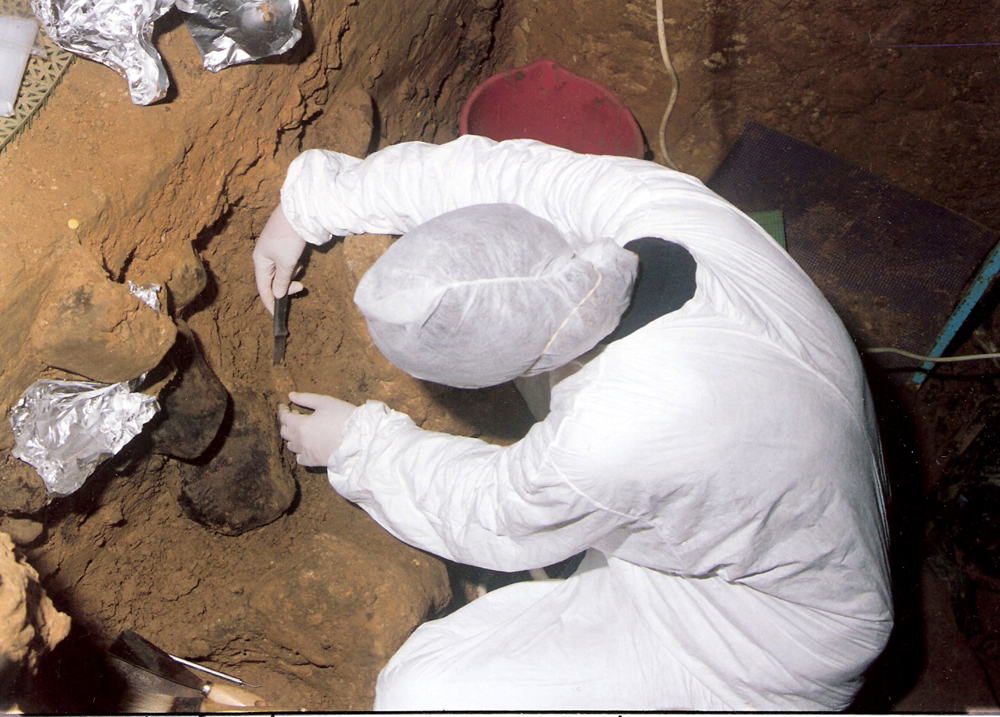
Excavations at the site of El Sidrón, Spain.
DNA Clean
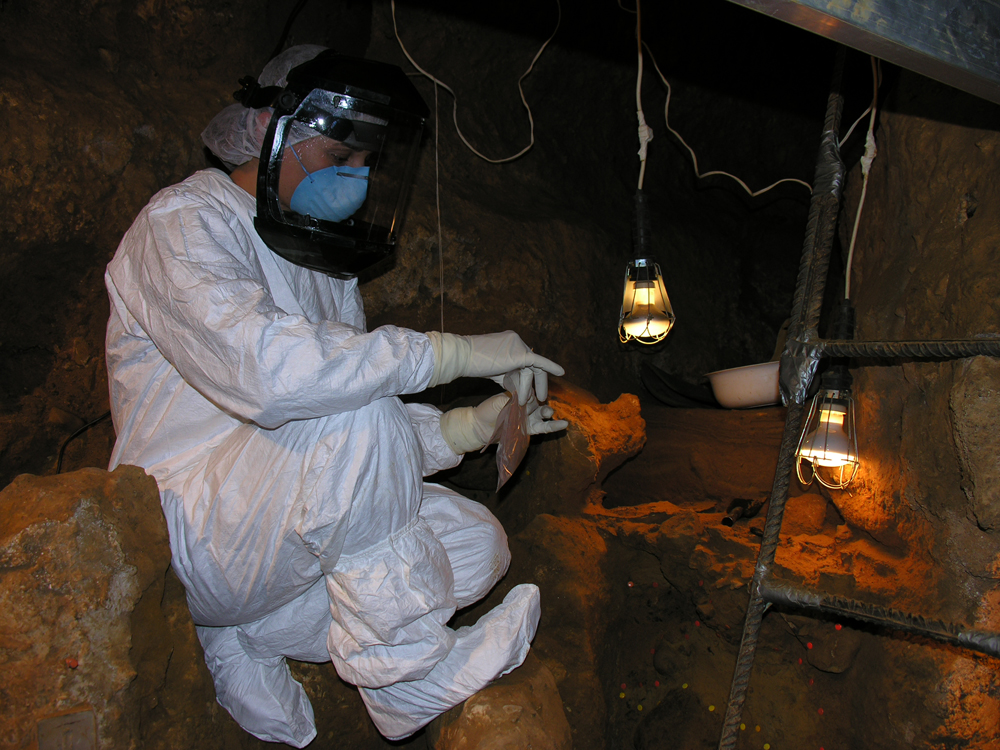
Excavations at the archaeological site of El Sidrón, Spain, are carried out using a "DNA clean" protocol to avoid contaminating the samples.
In Croatia
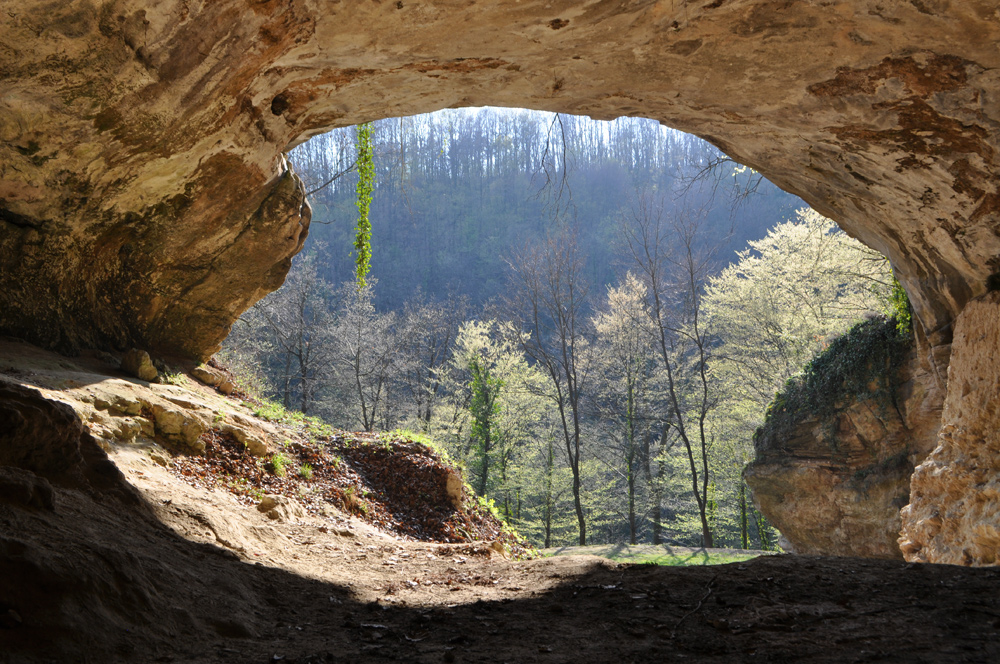
Entrance to the archaeological site of Vindija Cave, Croatia.
At the lab

Matthias Meyer at work in the clean laboratory at the Max Planck Institute for Evolutionary Anthropology.
Test samples
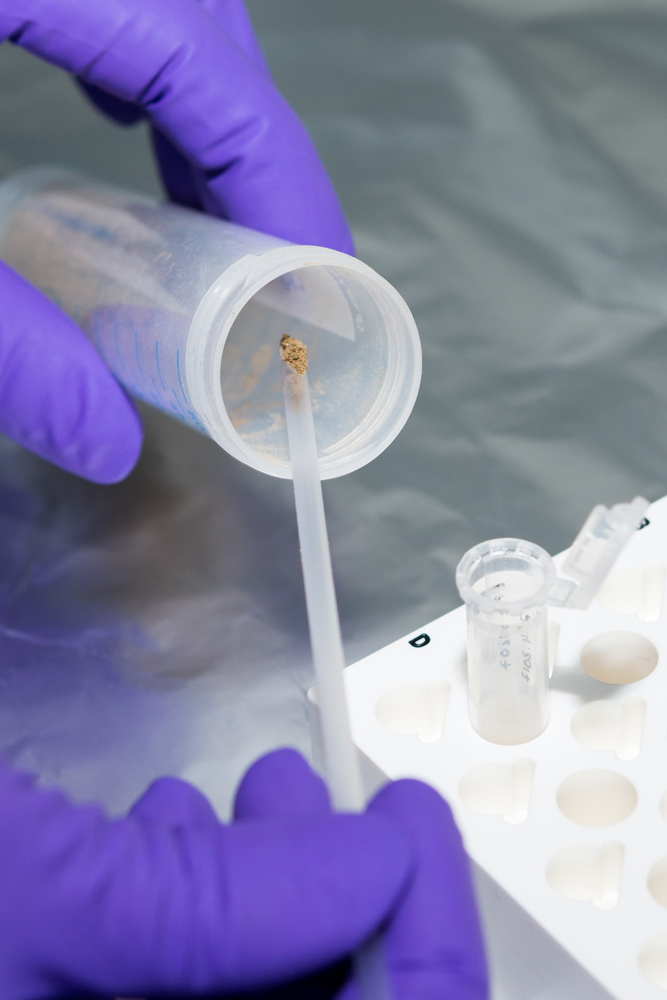
Viviane Slon preparing a sediment sample for DNA extraction. [Read the full story on the search for human DNA]
Sign up for the Live Science daily newsletter now
Get the world’s most fascinating discoveries delivered straight to your inbox.
Jeanna Bryner is managing editor of Scientific American. Previously she was editor in chief of Live Science and, prior to that, an editor at Scholastic's Science World magazine. Bryner has an English degree from Salisbury University, a master's degree in biogeochemistry and environmental sciences from the University of Maryland and a graduate science journalism degree from New York University. She has worked as a biologist in Florida, where she monitored wetlands and did field surveys for endangered species, including the gorgeous Florida Scrub Jay. She also received an ocean sciences journalism fellowship from the Woods Hole Oceanographic Institution. She is a firm believer that science is for everyone and that just about everything can be viewed through the lens of science.










